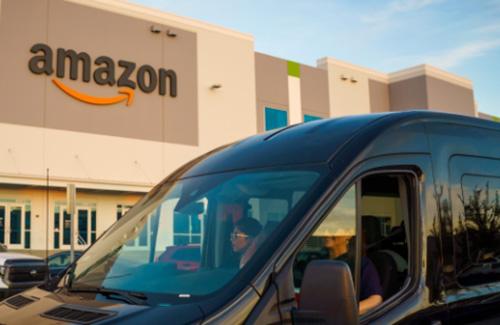CBRE: Warehouse space is limited, expensive, and likely to stay that way for some time

It’s a tough year for retailers to be in need of industrial warehouse and fulfillment space, according to CBRE’s retail leader and managing director of industrial and logistics.
“Rent growth has been considerable. It may reach 10% this year,” said John Morris.
“Tenants are fighting over space and driving the rent up. For one tenant I know, the rent doubled from what it was when they signed the lease five years ago,” added CBRE executive VP Mindy Lessner.
Their exchange came this week in a web discussion of a new report released by the global real estate services firm call that details the plummeting availability and rising cost of industrial big-box space in 22 key markets in the United States. And, yes, retailers are indeed in need of more distribution center space to fulfill the millions more orders they’ve received online since the onset of the pandemic.
E-commerce companies led by Amazon signed more big-box deals than ever last year, along with third-party logistics companies whose client lists have become bloated with physical retailers needing expanded fulfillment capabilities. Transaction volume in industrial spaces last year rose by more than 20% over 2019 to 350 million sq. ft., and warehouse floor capacity will remain limited and expensive for at least the next few years.
“There’s 190 million square feet of industrial space under construction right now in the 22 markets we surveyed, but only 83 million of it will be available. We’re under-supplied and need a lot more space under construction,” said report author James Breeze.
First-year rents have skyrocketed. Average taking rents in 2019 held steady in the mid-five-dollar range per sq. ft. In 2020, first-year rents were $10.08 in Los Angeles, $8.46 in Northern and Central New Jersey, and $7.08 in Seattle.
Rents were lower in growth markets that include Phoenix, Central Florida, California’s Inland Empire and Central Valley, but are poised to rise. E-commerce giants will continue to absorb more fulfillment space, but so will third-party logistics companies.
“The trend to look for in ‘21 is heightened demand for 3PLs,” Morris said. “I would not be surprised if third-party logistics claims the largest share of the market pie.”
recommend